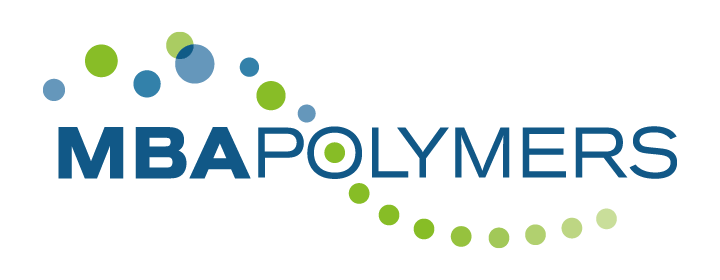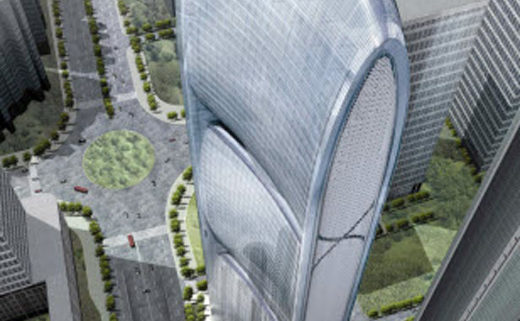Transforming one of China’s most polluted boomtowns with urban sustainability innovations
Channel News Asia explores the major challenges facing one of China’s most populous and polluted cities, Guangzhou, and examines how advances in waste treatment and recycling, urban architecture and water purification are helping this thriving boomtown to build a more sustainable future. In particular, MBA’s Mike Biddle explains how a new plastic recycling facility, developed in partnership with MBA Polymers, is helping to turn the tide on the city’s plastic e-waste.
With Asia’s urban population set to soar from 1.9 billion to 3.3 billion in the next 28 years, many of its people will be living in the fastest growing ‘boomtowns’ in the world. The continent’s population has quadrupled in the past seven centuries, placing ever greater pressure on the world’s dwindling natural resources.
The economic powerhouse of Guangzhou, South China’s largest metropolis, has become a major manufacturing and trading hub in the past 30 years. Rampant industrialisation has catapulted this prosperous port city to new heights, quite literally, spreading a sea of energy-sapping skyscrapers across the cityscape. Meanwhile, explosive urban growth has seen Guangzhou buckling under the weight of providing power to its 40 million inhabitants, causing frequent outages in the summer months, when temperatures regularly reach 40°C.
What’s more, a colossal amount of pollution is created by the city’s manufacturing industries and inhabitants, turning many of its hundreds of waterways into toxic sludge and making the air thick with dust, fumes and toxic chemicals. One of the major challenges faced by this city, as it scrambles back from the brink of ecological disaster, is how to deal effectively with many hundreds of thousands of tonnes of plastic waste arriving at its ports each year, exported from foreign nations and shipped in by the world’s giant electronics manufacturing industry.
Guangzhou is situated right at the heart of this ‘electronics manufacturing hotbed’, yet ironically, it does not currently have the resources or processes in place to capitalise on the commercial opportunity presented by the efficient recycling of e-waste. The city’s 400,000+ recycling companies are poorly regulated and often clean and process plastic e-waste in ways that poison the already heavily polluted skies and waterways with toxic fumes and chemicals.
MBA Polymers partnered with the Guangzhou Iron and Steel Enterprises Group in 2005 to tackle this immense recycling challenge. Together, they created a high-tech recycling plant in the heart of Guangzhou with the capacity to process more than 40,000 tonnes of plastic per year.
So what makes this processing plant different?
Many plastics have similar densities, and traditional processes have failed to separate them efficiently, contaminating the recycled material and rendering it unusable. MBA Polymers’ engineers developed an automated sorting technology that sorts the seven different types of plastic e-waste by density and character make-up, eliminating harmful by-products and ensuring all recycled plastics – which are sold as pellets for raw materials – are usable.
Additional features include a sophisticated vacuum to swallow the dust and fumes, which is then filtered by bespoke cylinders, with funnels carefully channelling the by-products away for safe disposal.
The result is that within three years of operation, the plant is already processing 25,000 tonnes of plastic e-waste annually. Together with the 309-metre high Pearl River Tower, an eco-skyscraper that generates 300,000 kWh of energy by harnessing the power of the elements, and a clever underground bio-reactor to purify the city’s water, the MBA recycling facility is helping the city metamorphose into a more sustainable Asian boomtown, shining a light on the type of innovative thinking that’s required to sustain the cities of the future.
To learn more about our processing plant in China, visit our website, or contact the MBA Polymers team.

